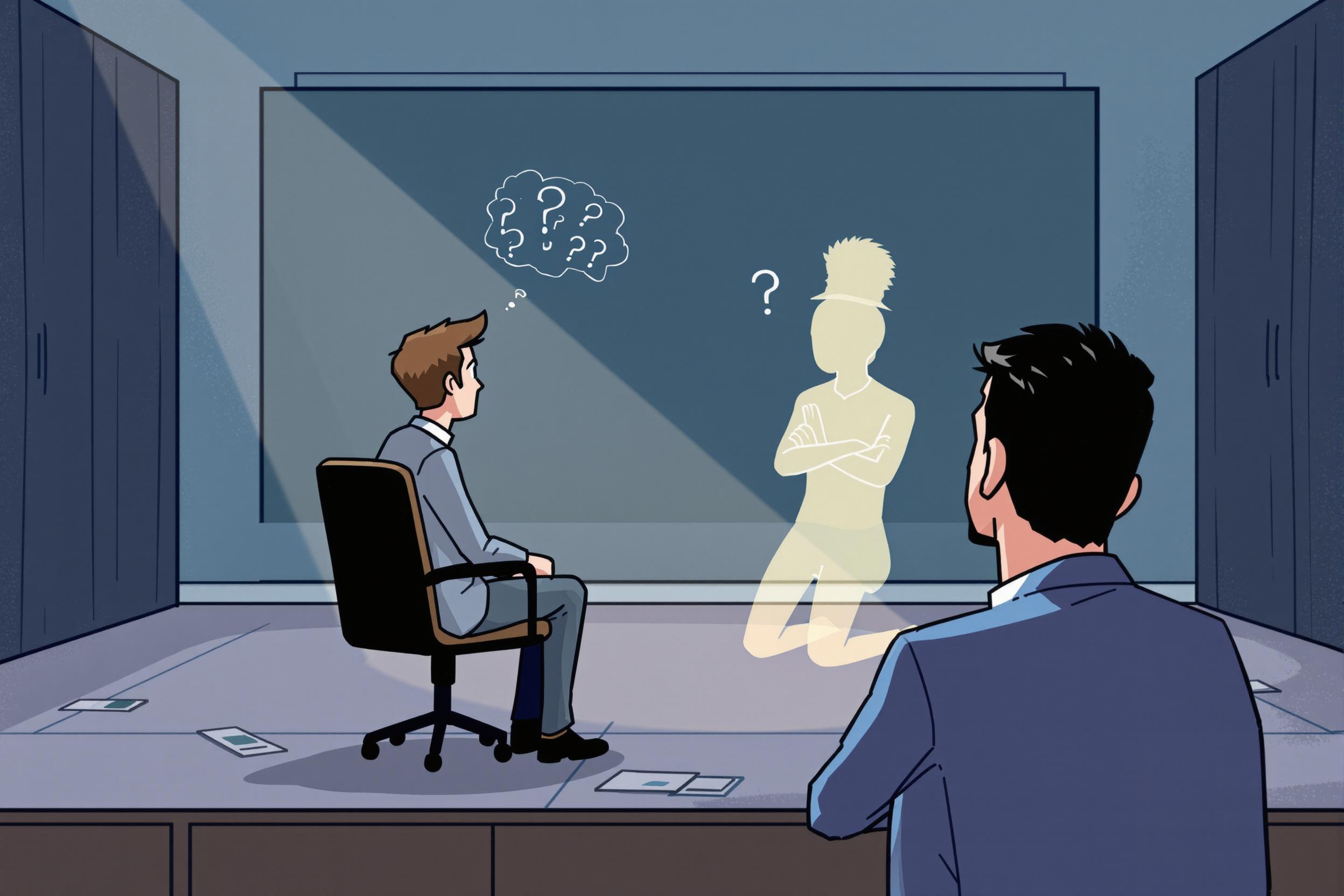
Fight Captain
A Fight Captain is a skilled member of a theatrical production who helps maintain the safety and quality of staged combat scenes. Think of them as a safety supervisor and coach for any scenes involving physical conflicts, sword fights, or staged battles. After the fight choreographer (who creates the original fight scenes) leaves, the Fight Captain becomes responsible for ensuring all performers remember their moves correctly and perform them safely. They're like a combination of a safety officer and dance captain, but specifically for fight scenes.
Examples in Resumes
Served as Fight Captain for regional theater production of Romeo and Juliet, maintaining safety protocols for 8 combat sequences
Fight Captain and ensemble member in national tour of The Three Musketeers, leading weekly combat refreshers
Assistant Fight Captain for Macbeth, helping coordinate combat rehearsals for cast of 20
Typical job title: "Fight Captains"
Also try searching for:
Where to Find Fight Captains
Professional Organizations
Job Resources
Networking
Example Interview Questions
Experienced Level Questions
Q: How do you handle a situation where performers are deviating from the choreographed fight sequence?
Expected Answer: Should explain their approach to maintaining safety while diplomatically addressing issues, including regular review sessions, documentation of changes, and clear communication with both performers and production team.
Q: Describe your process for training replacement cast members in fight choreography.
Expected Answer: Should discuss safety protocols, breaking down complex sequences, ensuring proper documentation, and methods for integrating new performers while maintaining the integrity of existing choreography.
Mid Level Questions
Q: How do you conduct fight call before performances?
Expected Answer: Should describe the standard procedure for running through fight sequences at reduced and full speed, checking weapons, spacing, and timing while ensuring all performers are properly warmed up.
Q: What documentation do you maintain as Fight Captain?
Expected Answer: Should mention keeping detailed notes of choreography, maintaining safety checklists, tracking any modifications, and documenting any incidents or concerns.
Entry Level Questions
Q: What are the basic safety protocols you follow in stage combat?
Expected Answer: Should demonstrate knowledge of basic safety rules, including proper warm-ups, distance maintenance, eye contact, and weapon handling procedures.
Q: How do you communicate safety concerns to performers?
Expected Answer: Should show understanding of clear communication methods, when to intervene, and how to address issues while maintaining professionalism.
Experience Level Indicators
Junior (0-2 years)
- Basic stage combat techniques
- Understanding of safety protocols
- Ability to follow and document choreography
- Basic weapon handling
Mid (2-5 years)
- Running effective fight calls
- Teaching fight choreography to others
- Multiple styles of stage combat
- Emergency response procedures
Senior (5+ years)
- Managing complex fight sequences
- Training new cast members
- Multiple weapon proficiencies
- Production team collaboration
Red Flags to Watch For
- No formal stage combat training or certification
- Lack of experience with safety protocols
- Poor communication skills
- No experience with proper documentation methods
- Unfamiliarity with standard theater terminology
Related Terms
Need more hiring wisdom? Check these out...

Why Candidate-Centric Recruitment Is Your Secret Weapon (And How to Get It Right)

Ghostbusting in Recruitment: How to Keep Candidates Engaged

Ghosted Again? How to Stop Candidates from Disappearing and Start Engaging Them Better

